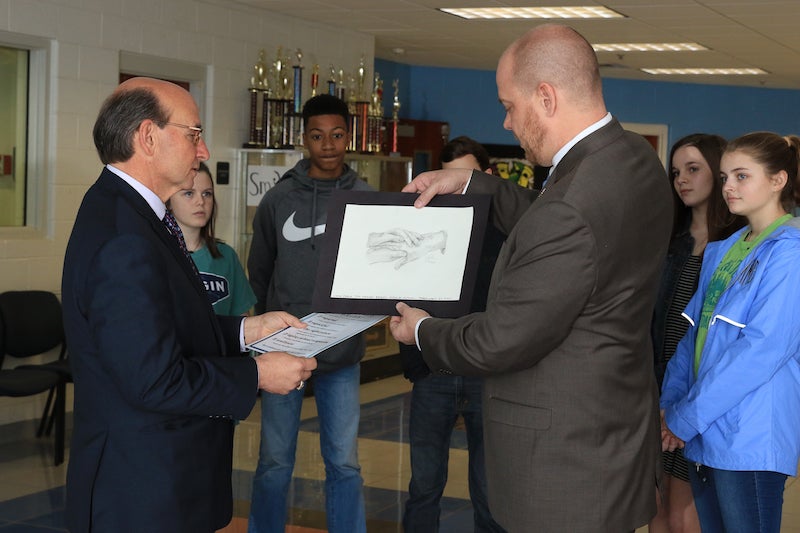March health tip: Restoring the spring in your step
Published 12:45 pm Monday, March 27, 2017
Written by Dr. John Roberson
For many of my patients, March represents a turning point. As the weather warms, some are eager to get back outdoors, to the golf course, hiking trails or track, but find foot pain a hindrance. Others long to put on flip-flops, but hesitate to bare their feet because of a deformity. They may need help to correct bunions, hammer toes or other painful problems.
Some of the patients I see this time of year have never had a foot problem before, but experience a fracture, sprain or strain on the tennis court or softball field.
Although many of those patients can be treated with nonsurgical methods, others will require a surgical solution. Some will decide to pursue surgery after putting it off for months or years. The following common questions from my patients – followed by my answers – might help area residents wondering whether they should talk to a podiatrist about surgical methods to relieve foot pain:
- Which foot problems can be addressed through surgery?
Bunions are our most common podiatric surgery. However, we also surgically address hammer toes, plantar fasciitis and soft tissue masses. I also repair foot fractures and tendon injuries.
- What’s involved in this type of surgery?
Podiatrists now perform each of those procedures on an outpatient basis. The vast majority take under an hour to complete. Some are done within 15 minutes. We use IV sedation, not general anesthesia, so patients don’t remember anything, awaken quickly, and can return home promptly.
- How long are patients off their feet?
Podiatric surgical techniques have progressed to the point where we can send patients home without crutches or casts. Most will be in a weight-bearing boot for about six weeks. That allows them to make an easier transition to regular shoes and activities.
- Where is this surgery performed?
Years ago, podiatric procedures – like all other surgeries – were performed in hospital settings. However, today’s advanced techniques allow us to work in outpatient centers. That helps us minimize infection risks and maximize patient convenience. The St. Vincent’s One Nineteen Outpatient Surgery Center is a new, state-of-the-art facility that not only provides everything I need to take care of my patients, but easy parking access for them and their families. And, easy access is a big deal when your feet hurt.
The public should know that the vast majority of podiatry patients don’t need surgery. We can even typically treat many foot injuries, including tendonitis, with more conservative methods, including shoe inserts or custom orthotics.
But some painful conditions are best treated through surgical methods. For those patients, March can be a great time to restore the spring in their step.
Dr. John Roberson is a podiatrist at St. Vincent’s One Nineteen.










